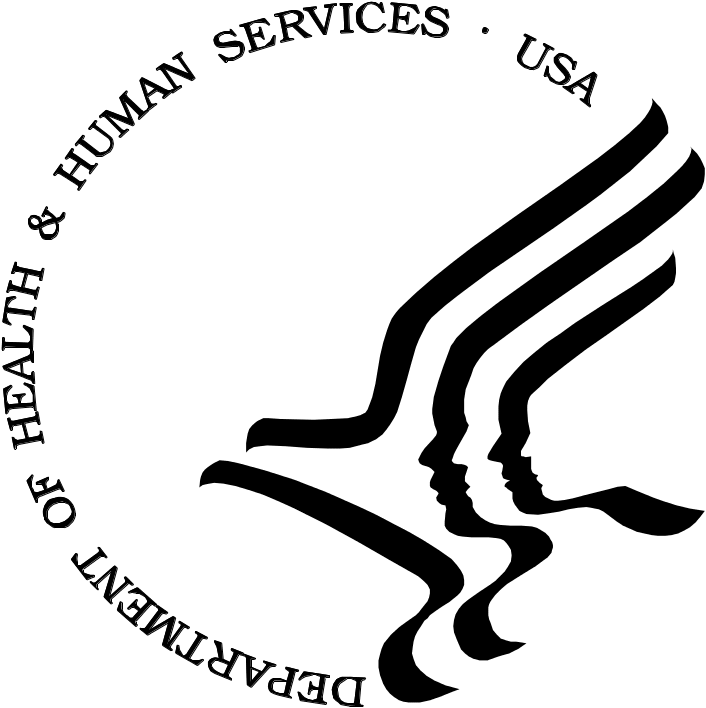CAM - justification
CAM QDRL OMB-10-day letter.doc
NCHS Questionnaire Design Research Laboratory
CAM - justification
OMB: 0920-0222
 DEPARTMENT
OF HEALTH & HUMAN SERVICES Public
Health Service
DEPARTMENT
OF HEALTH & HUMAN SERVICES Public
Health Service
Centers for Disease Control and Prevention
 National
Center for Health Statistics
National
Center for Health Statistics
3311 Toledo Road
Hyattsville, Maryland 20782
July 6, 2010
Margo Schwab, Ph.D.
Office of Management and Budget
725 17th Street, N.W.
Washington, DC 20503
Dear Dr. Schwab:
The staff of the NCHS Questionnaire Design Research Laboratory (QDRL) plans to conduct a qualitative study designed to investigate Complementary and Alternative Medicine and Well-Being for the National Health Interview Survey (NHIS) under (OMB No. 0920-0222, exp. 03/31/2013).
We propose to start recruiting for volunteer respondents as soon as we receive clearance and to start interviewing as soon as possible after that.
Background Information about Cognitive Testing of Questionnaires
The methodological design of this proposed study is consistent with the design of typical cognitive testing research. As you know, the purpose of cognitive testing is to obtain information about the processes people use to answer survey questions as well as to identify any potential problems in the questions. The analysis will be qualitative.
Proposed project: Qualitative Interview Study Designed to Investigate Complementary and Alternative Medicine and Well-Being for NHIS
This project will conform to the usual QDRL procedures for cognitive interviewing techniques that have been described in our generic OMB Clearance package.
Staff of the QDRL conducted two separate rounds of cognitive testing on Complementary and Alternative Medicine (CAM) Questions for the NHIS back in 2006 - in a letter to you dated December 29, 2005, and approved on January 20, 2006, and a letter to you dated March 13, 2006 and approved on March 31, 2006.
An assessment of data collected under the two rounds of testing revealed some of the reasons why individuals use these therapies and treatments and how their use is related to well-being. Some of these reasons include: 1) Help treating or alleviating symptoms associated with illness and chronic problems; 2) To ward off or prevent viruses or other infections; 3) To stay generally healthy (e.g. having more energy, sleeping better, and having a strong immune system); 4) Convenience; 5) Less invasive and fewer physical risks; 6) Emphasis on totality and balance. However, because the nature of these prior projects was quite different from the project being initiated here, the data does not provide a full enough picture of CAM and the reasons why individuals decide to use it. Therefore, a more in-depth, open ended qualitative interview study is needed to provide a more nuanced account of this subject.
We propose to conduct in-depth, open ended interviews with 30 respondents, (aged 18 years and over), of whom the majority have used some form of CAM, and several respondents who have not. Respondents who use some form of CAM will be recruited through a newspaper advertisement/flyer (Attachment 1), word-of-mouth and the QDRL Respondent Database. For comparative purposes we may recruit several respondents from previous studies for which we have contact information in our QDRL Respondent Database who have not used CAM. Within these constraints, we hope to recruit participants with some demographic variety (particularly in terms of gender, education, race/ethnicity, and income).
Interviews will be conducted in the QDRL with as many as 30 respondents for 60 minutes each. With the consent of the participants, the interviews will be audio or video recorded. Participants will be informed of taping procedures (including observation if applicable) in the process of reviewing the consent forms, and the equipment will be turned on once it is clear that the procedures are understood and agreed upon.
The interviewer guide that will be used as a starting point for the in-depth open ended interviews is shown in Attachment 2.
At the end of the interviews, participants will be paid and provided with copies of all papers they signed.
We propose paying participants $40, which is our standard payment. In total, for this project, the maximum respondent burden will be 30 hours of interviewing in addition to travel time. An updated burden table for this project is shown below:
-
Projects
Number of
Participants
Number of
Responses/
Participant
Average hours
per response
Response
burden
QDRL Interviews
1) NCHS Surveys
30
1
1
30
Attachments (2)
cc:
M. Moien
M. Daneshvar
S. Perryman
| File Type | application/msword |
| File Title | DEPARTMENT OF HEALTH & HUMAN SERVICES |
| Author | krs0 |
| Last Modified By | krs0 |
| File Modified | 2010-07-06 |
| File Created | 2010-07-06 |
© 2025 OMB.report | Privacy Policy